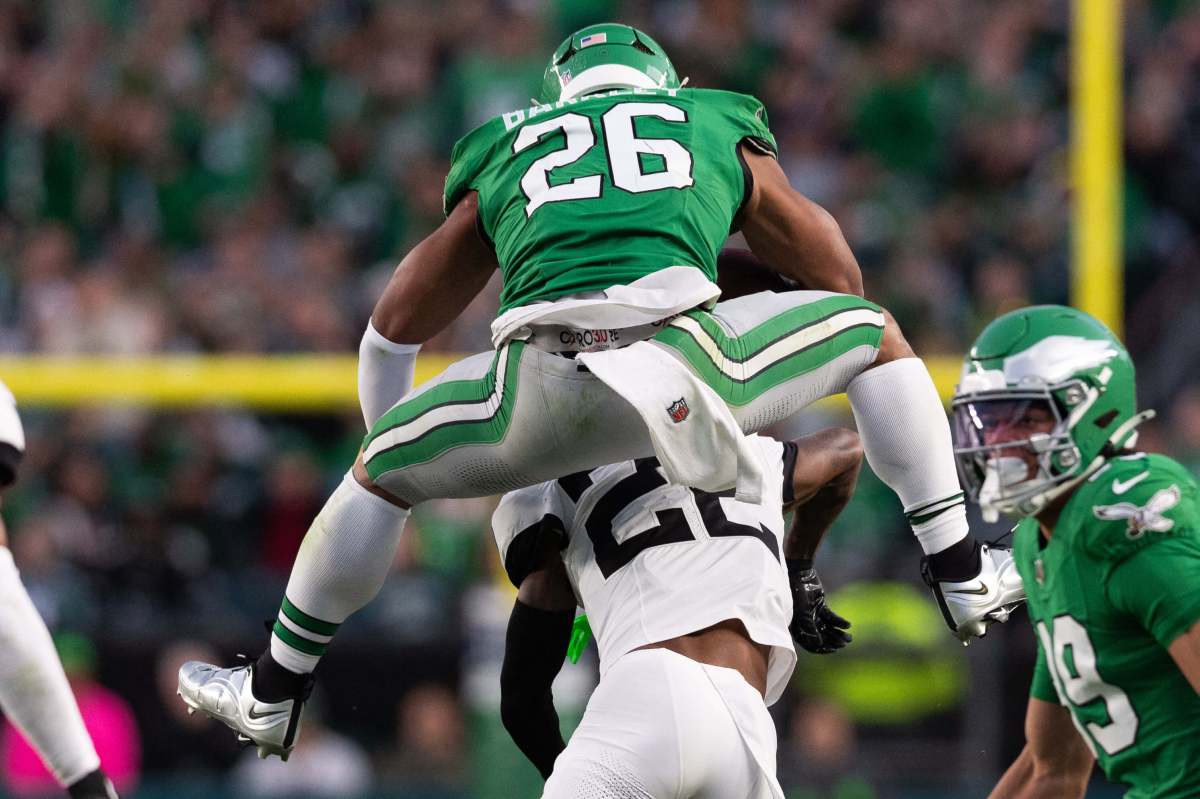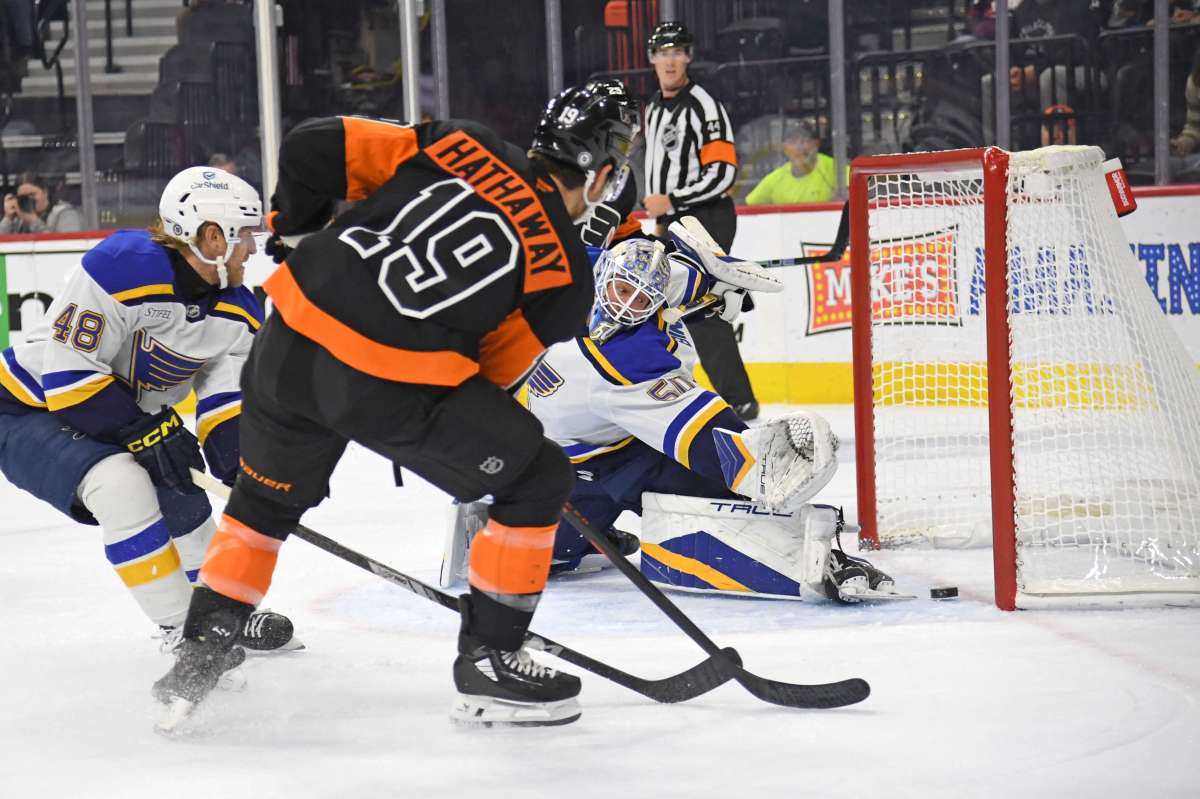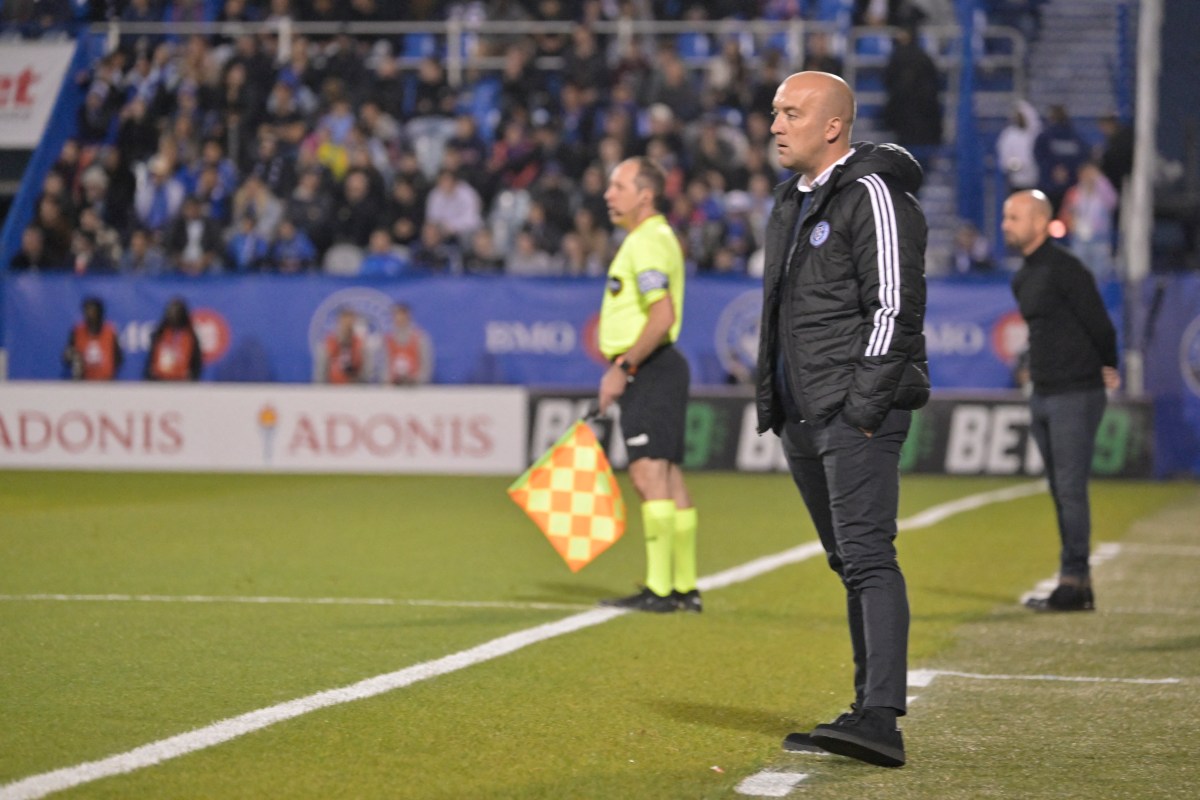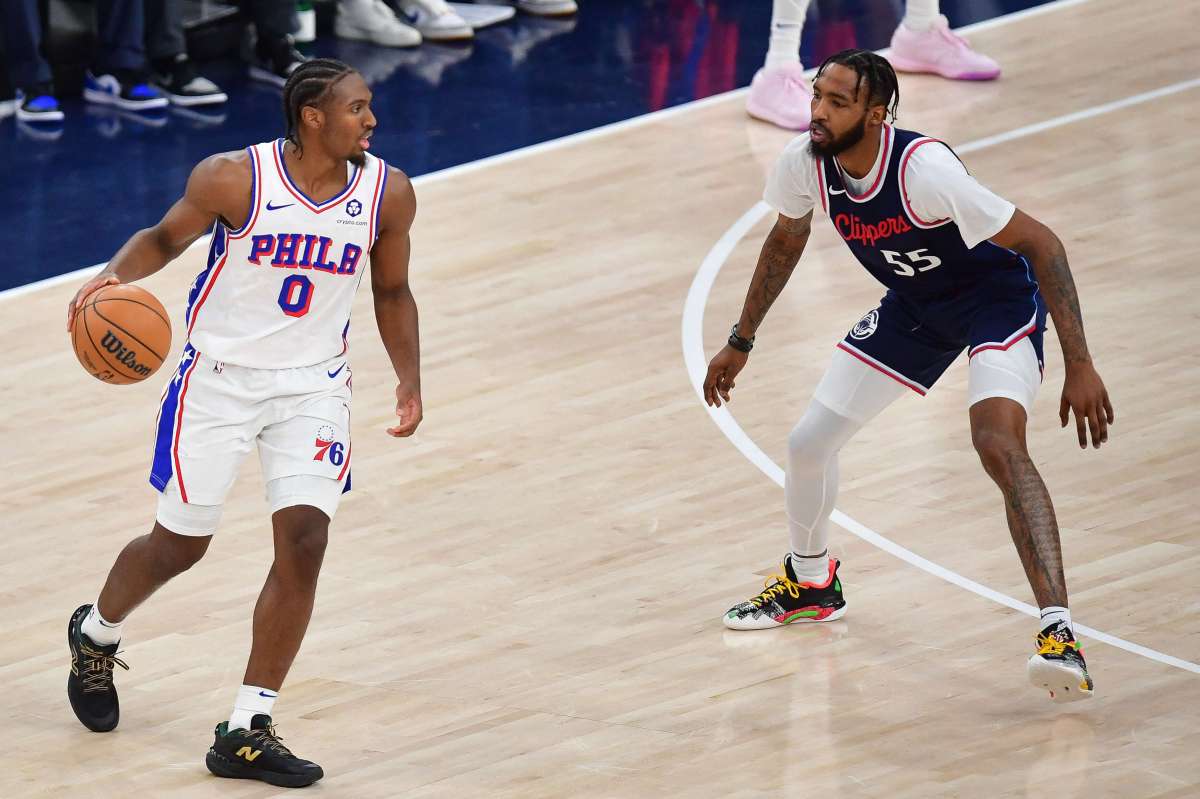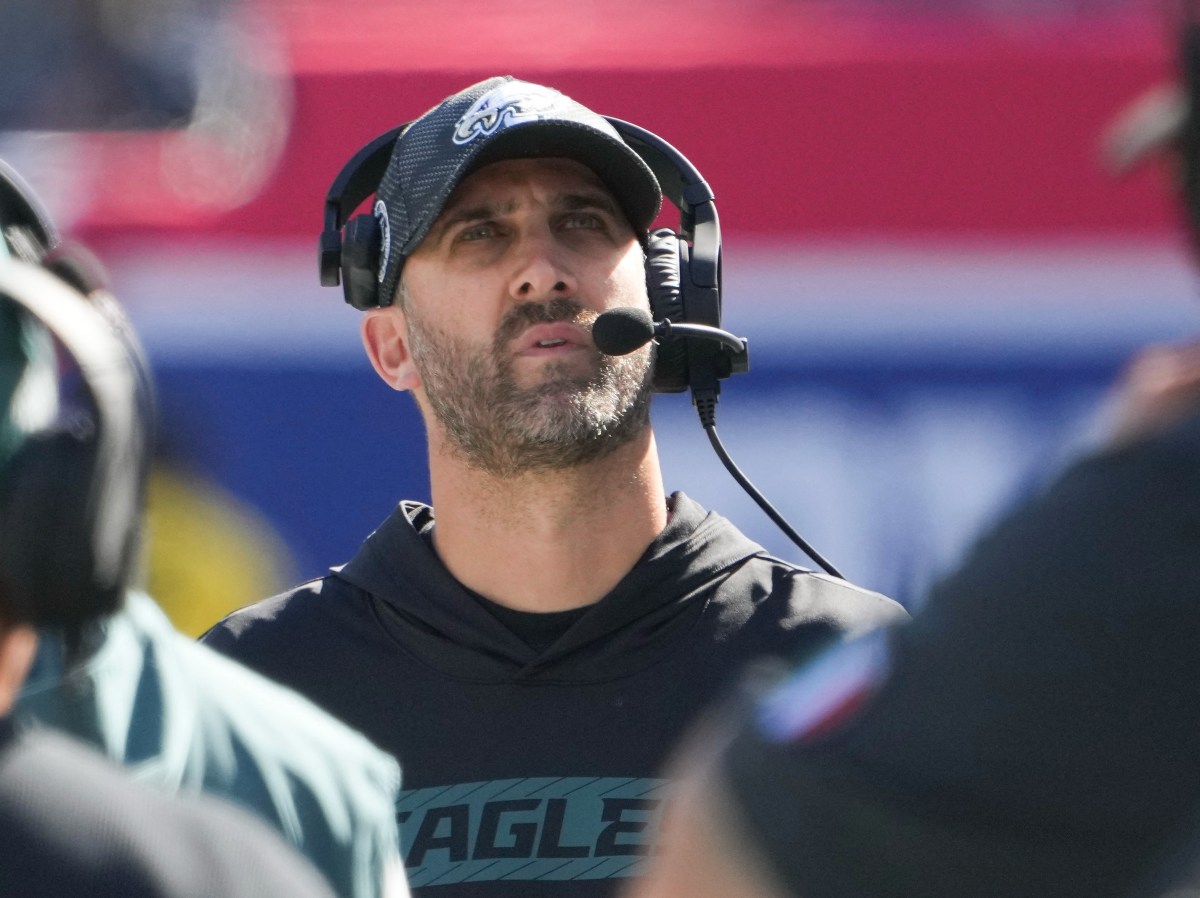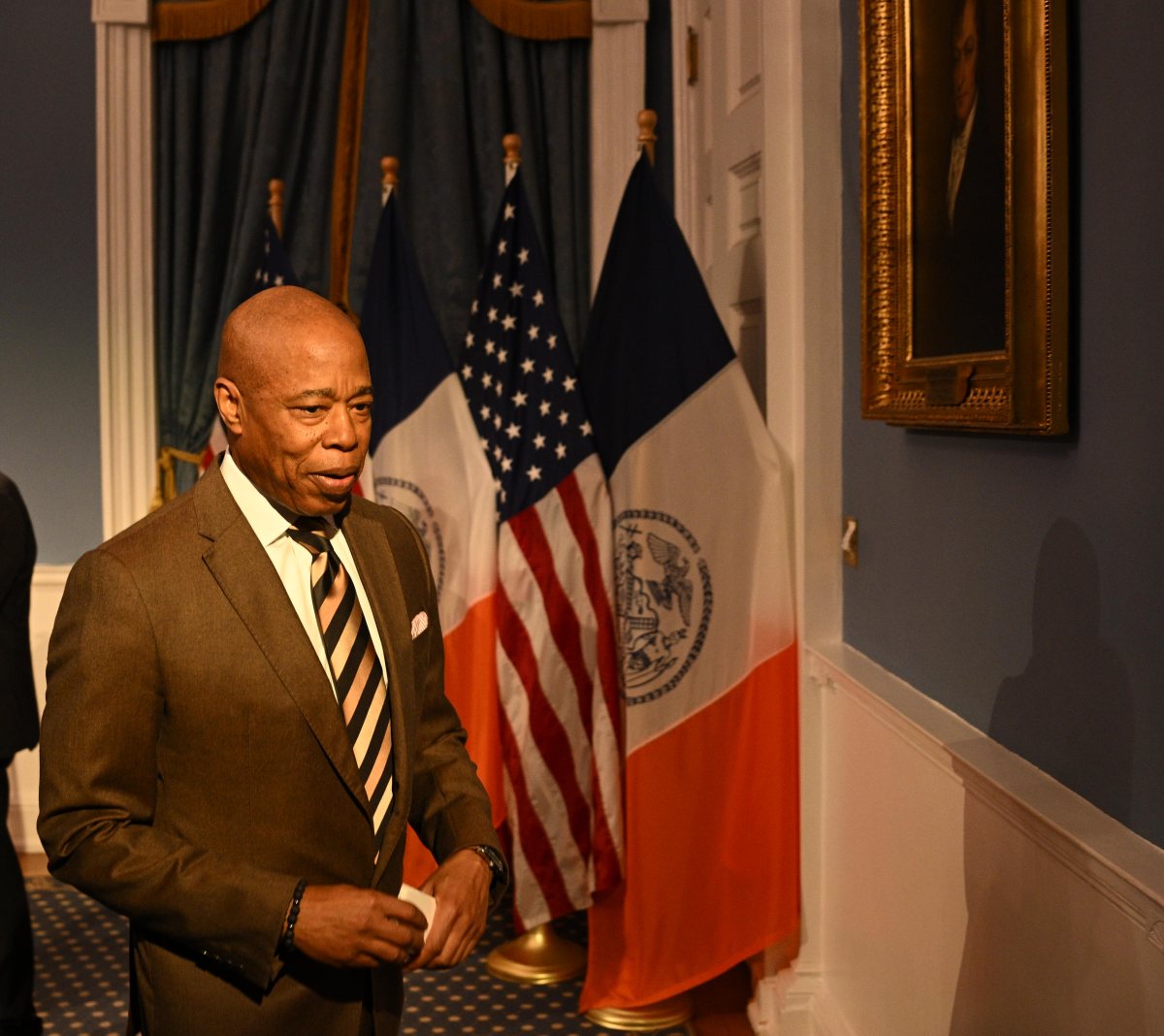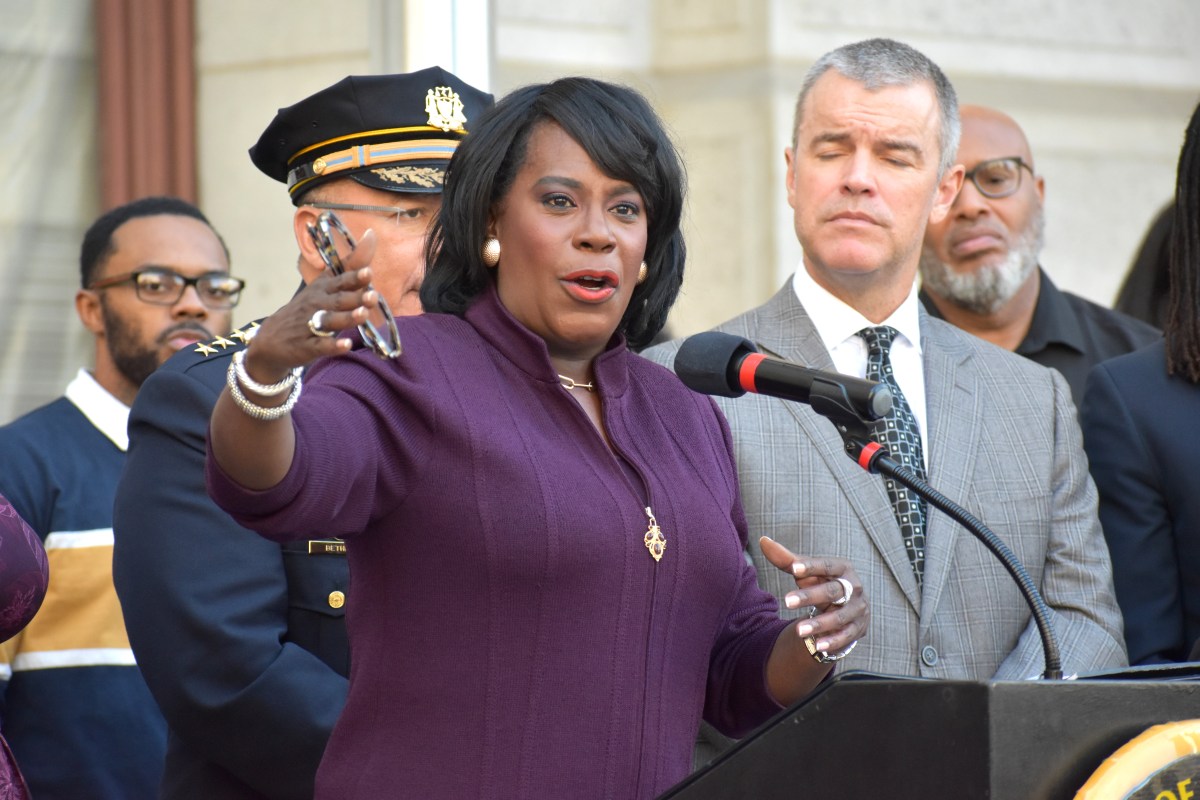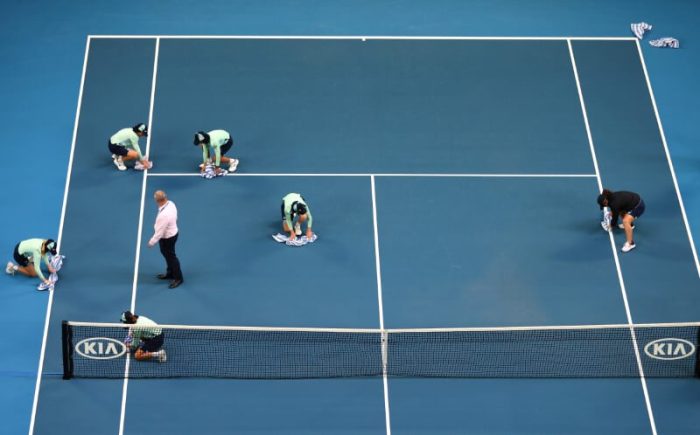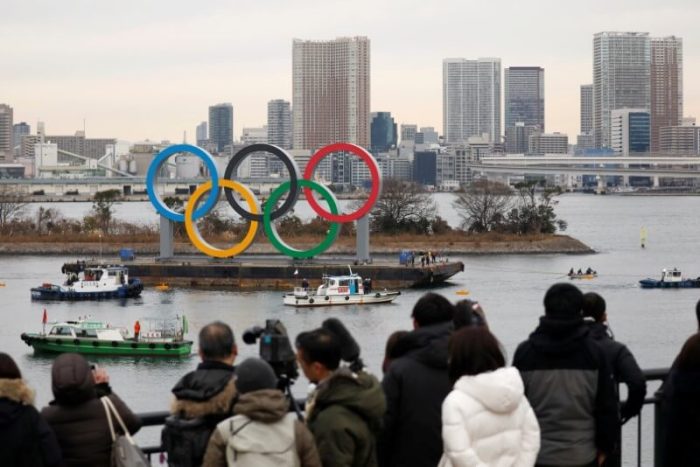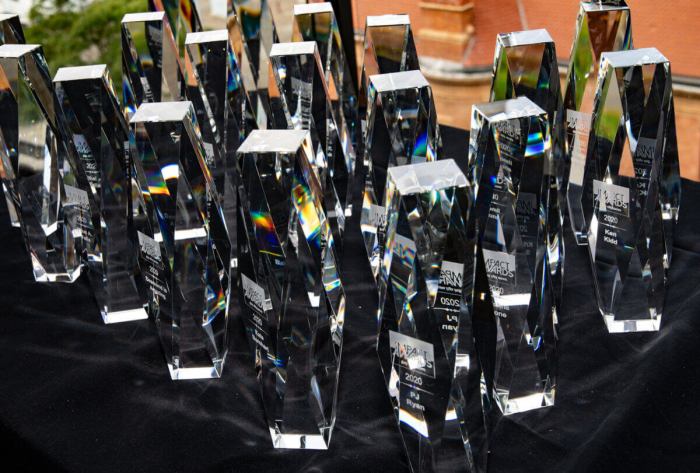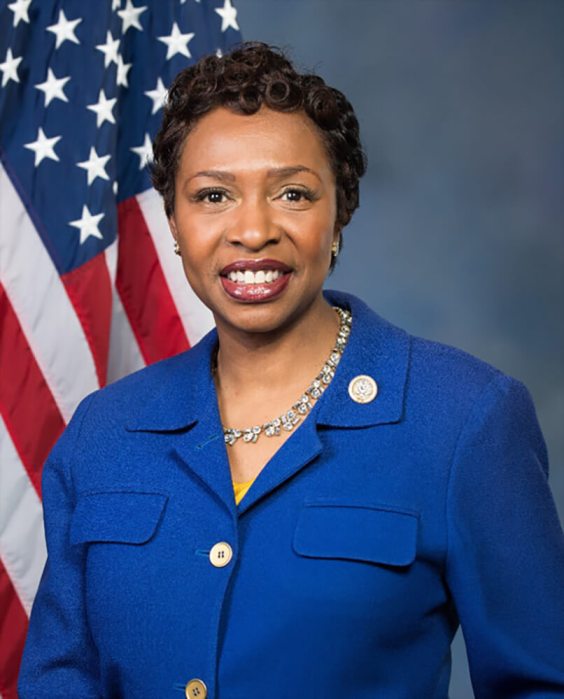By Frank Pingue
(Reuters) – Kimberly Sass grew up dreaming of making a living playing ice hockey but the American goalie became tired of essentially paying to play in a professional women’s league and so decided it was time to step away and take a stand.
Sass is among more than 200 women who announced in May that they were boycotting the North American professional leagues in the hope of a more economically viable option.
“After taxes, I realized that I had paid more to play professional hockey than I had made,” Sass, who earned close to the National Women’s Hockey League (NWHL) minimum of $2,500 while playing for the Metropolitan Riveters during the 16-game 2018-19 season, told Reuters in a telephone interview.
Sass sits on the board of the newly-created Professional Women’s Hockey Players’ Association (PWHPA) and this weekend will be in Hudson, New Hampshire, playing in the second stop of the Dream Gap Tour.
The event, announced by the PWHPA, is a traveling showcase that was created to draw attention to the fact that there is no hockey league that pays women a living wage and has the infrastructure in place to succeed.
In the NWHL’s inaugural 2015-16 season, during which Sass made around the league minimum $10,000 playing for the Buffalo Beauts, all her goalie equipment was paid for.
But by the time Sass joined the Riveters for the 2017-18 season, salary cuts and a change in equipment policy left her relying on a fan-created GoFundMe campaign to help offset the cost of a goalie helmet that would match the colors of her new team.
Sass learned quickly that such hurdles were lost on casual observers, who often equated the life of any professional athlete to one of luxury.
SECOND INCOME
Just this year Sass, who works as an architect in New York City, said two female colleagues at her office who knew about her hockey career wondered why a professional athlete would even need a second source of income.
“It’s frustrating and actually embarrassing to keep having to, you almost have to validate yourself as a professional athlete to these people,” said Sass. “They almost don’t believe that you are a professional athlete … if you are working 9-6 at a high-level job in the city.”
During an NWHL career in which she won a championship with the Riveters in 2018, people would approach Sass after games and commend her for juggling hockey with her day job.
Yet the compliments never sat well with the American who did not want to be, as she called it, a “role model for multi-tasking”.
Establishing an economically viable league may prove to be a long and arduous journey and at 29, Sass is fully aware that her decision to join the boycott could mean she has already played her last game as a professional.
Yet for Sass, the move is worth the risk if it means the next generation of women’s players will be able to pursue a professional hockey career.
“I want little girls to (one day) be able to be in the tunnels of the giant facilities, feel that anxious, nervous energy … take their lap around the zone and stretch out in their crease and look up and see all the support that women’s hockey should have,” said Sass.
“To achieve that would mean that I have succeeded.”
(Reporting by Frank Pingue in Toronto; Editing by Toby Davis)





